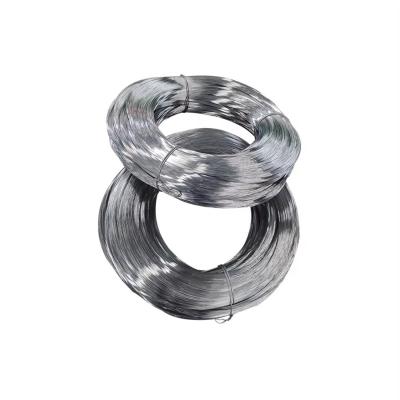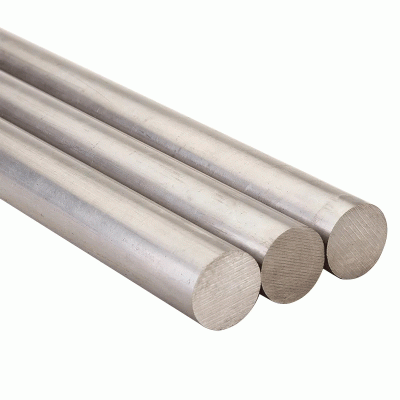Aluminum vs Stainless Steel
Whether you realize it or not, it’s nearly impossible to go about your day without coming into contact with stainless steel or aluminum. From your car to your kitchen sink, these two metals are everywhere. Although stainless steel and aluminum are similar in appearance, they each have distinct characteristics that make them unique.
5 Differences Between Aluminum and Stainless Steel
Before beginning your next building project, consider these five important differences between stainless steel and aluminum:
1. Strength
While stainless steel and aluminum are both strong materials, steel is typically stronger. However, because aluminum is lighter than steel, it has a higher strength to weight ratio. This makes aluminum an ideal choice when both strength and lightness are needed.
2. Weight
Aluminum’s lightweight properties make it perfect for use in airplanes and skyscrapers. In fact, the majority of the world’s skyscrapers are made from aluminum today. Aluminum alloys developed to be stronger than pure aluminum can support the weight of heavy glass panes used to construct tall buildings.
3. Cost
Aluminum is typically less expensive than stainless steel; however, both can be purchased at affordable prices and both are highly recyclable environmentally-efficient materials.
4. Corrosion Resistance
Both aluminum and stainless steel have corrosion resistant properties, but stainless has an edge because it is partially made of chromium. The chromium in stainless steel gives it what is essentially an invisible shield against corrosion. When stainless steel does rust, this protective layer takes the brunt of it. When the rust is scrubbed away, the chromium shield simply renews itself.
Aluminum does not rust the same way steel does, but it does corrode. Aluminum also has a shield – a thin layer of aluminum oxide – that protects it from rust. However, this shield does not protect the metal from other forms of corrosion.
5. Conductivity
Overall, stainless steel is a poor conductor compared to other metals. Aluminum surpasses stainless steel in both thermal and electrical conductivity. This is why you’ll see aluminum used for things like cars, air conditioning units, and even high-voltage power lines.



